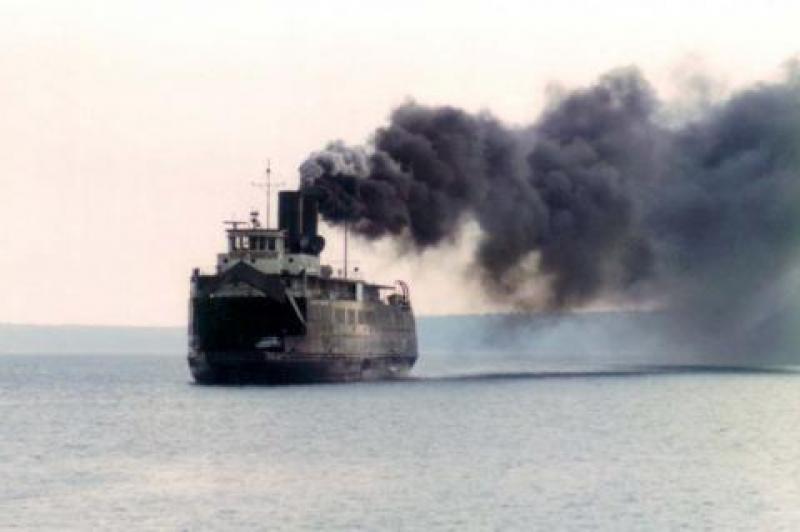Bunker fuel is a type of fuel oil used aboard vessels. It is typically used in steam ships and power vessels. Bunker fuel is composed of the heavy bottom of the barrel during the oil refining process. It is composed of residues left after gasoline, kerosene, and diesel oil have been distilled away. Bunker fuel provides the thermal energy needed for maritime transportation. It is used in diesel engines and boiler rooms on cargo ships, cruise ships, naval vessels, and other marine vessels to power their propulsion plants and energy needs. Being less expensive than other marine fuels, it has emerged as the primary fuel for maritime transport.
The global bunker fuel market is estimated to be valued at US$ 130 Bn in 2023 and is expected to exhibit a CAGR of 6.6% over the forecast period 2023 to 2030, as highlighted in a new report published by Coherent Market Insights.
Market Dynamics:
One of the major drivers for the growth of the bunker fuel market is the growing international maritime trade. About 90% of world trade is carried by international shipping and around 80% of goods are transported by sea. With increasing globalization and trade exchanges between countries across geographical borders, the demand for maritime transportation has surged exponentially over the past few decades. Rising imports and exports of raw materials, parts and components, consumer goods, and other products via sea routes has stimulated the bunker fuel requirement of cargo and container ships engaged in long-haul international voyages.
Growing international maritime trade has led to an increase in the size of merchant fleet, with larger vessels being constructed to undertake heavy payload shipments to distant global destinations in a cost-effective manner. This has significantly boosted the consumption of bunker fuel for powering the main engines and auxiliary systems onboard mega container ships and very large crude carriers (VLCC). Besides, greater maritime commerce has also expanded the annual mileage covered by commercial shipping globally, raising bunker oil usage.
SWOT Analysis
Strength: The bunker fuel market has seen steady growth over the past few years owing to rising seaborne trade. As marine vessels are one of the largest consumers of bunker fuel, increasing marine trade volumes have positively impacted demand. Bunker fuel is also comparatively inexpensive to produce and transport over long distances via sea routes.
Weakness: Bunker fuels such as heavy fuel oil are some of the dirtiest fuels available. Their combustion emits hazardous sulphur oxides and particulate matter which are detrimental to the environment. Upcoming regulations for reducing emission of sulphur and other pollutants from ships pose a major challenge. Additionally, price volatility of crude oil affects the overall supply dynamics of bunker fuels.
Opportunity: Stringent emission norms enforced by the International Maritime Organization (IMO) have necessitated a shift towards cleaner marine fuels. The development and adoption of alternatives like liquefied natural gas (LNG) as bunker fuel provide new growth prospects. Hybrid electric engines and fuel cells too create opportunities. Growing demand for fuel-efficient ships also promotes eco-friendly technology adoption.
Threats: Volatility in crude oil prices raises the input cost of bunker fuels. Geopolitical uncertainties and supply disruptions threaten consistent availability. The COVID-19 pandemic severely impacted global trade volumes and reduced ship activity, weakening bunker fuel demand. Technologies like biofuels or electrification of ships, if commercialized on a mass scale, may displace conventional bunker fuels to an extent.
Key Takeaways
The Global Bunker Fuel Market Demand is expected to witness high growth over the forecast period of 2023-2030. The global Bunker Fuel Market is estimated to be valued at US$ 130 Billion in 2023 and is expected to exhibit a CAGR of 6.6% over the forecast period 2023 to 2030.
Asia Pacific currently dominates the global bunker fuel market share and is projected to maintain its leading position through 2030. China, Japan, South Korea and Singapore are major bunker fuel consumers and ports in the region. Regulatory push for cleaner marine fuels in premier shipping destinations like China and Japan position Asia Pacific as an early technology adopter.
Key players operating in the bunker fuel market are Shell International Petroleum Company Limited, Exxon Mobil Corporation, BP p.l.c., China Marine Bunker Co., Ltd, Bomin Bunker Oil Corp., GAC, Lukoil, World Fuel Services Corporation. The market remains consolidated with the top five companies accounting for over 50% of the global supply. Other smaller players are increasingly investing in cleaner fuel research to gain first-mover advantage.
Get More Insights Here
https://allmeaninginhindi.com/fiber-reinforced-concrete-the-construction-material-of-future/
https://www.newswirestats.com/bunker-fuel-market-size-share-growth-outlook-2023/
